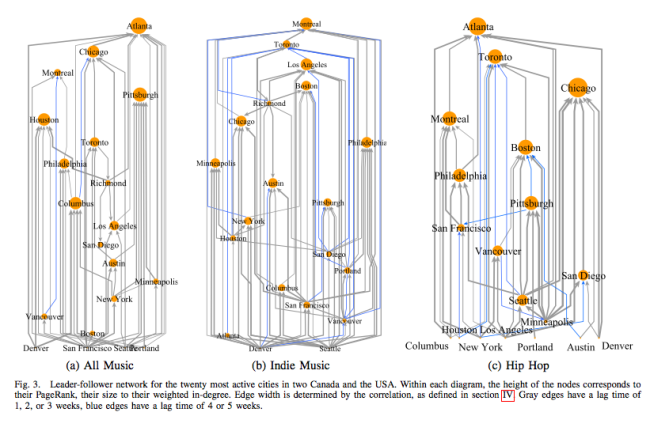Scrobbles Reveal Dublin As Hipster Stronghold
The age of digital music consumption has made listening to music incredibly convenient (although often with a significant compromise on sound quality). One interesting side-effect of having our music consumption distributed digitally is that listening behaviour can now be easily analysed en masse to find underlying trends and patterns…
Ear To The Cloud
As it becomes more difficult to sell music via traditional channels, consumer data becomes more significant; the more you know about how, what and where people are listening to music, the more you can tailor your marketing approach. While this is true for every market, it seems that the music industry is only now beginning to leverage the new wealth of information that has been gathering over the past decade or so.
Music is a social force, and common behaviours tend to develop across the globe when it comes to how this force spreads through social groups. There tend to be small numbers of core influencers (or leaders) who listen to huge amounts and varieties of music, and these act as a sort of feeder/filter for their friends – recommending this song or that album. Of course, if you can influence these influencers, then it could have a snowball effect…
Conrad Lee and Padraig Cunningham in UCD have used Last.fm scrobble data to perform an analysis called ‘The Geographic Flow of Music‘.
This study finds similarities between leadership patterns in flocks of birds and the music influence network present in various cities around the world. It also reveals that Dublin ranks alongside Oslo and Atlanta as the world’s top hipster cities based on listening data…
Other uses of Last.fm Scrobble data include Lee Byron’s histogram of his personal listening history, and there are a number of other music visualisation projects listed here…
